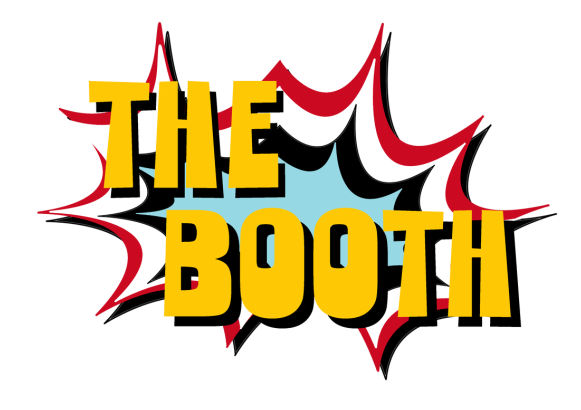|
|
0 Comments
Leave a Reply. |
AuthorBrendan Fellows Archives
April 2015
Categories |
0 Comments
Leave a Reply. |
AuthorBrendan Fellows Archives
April 2015
Categories |
Our Corporate Clients |
|
